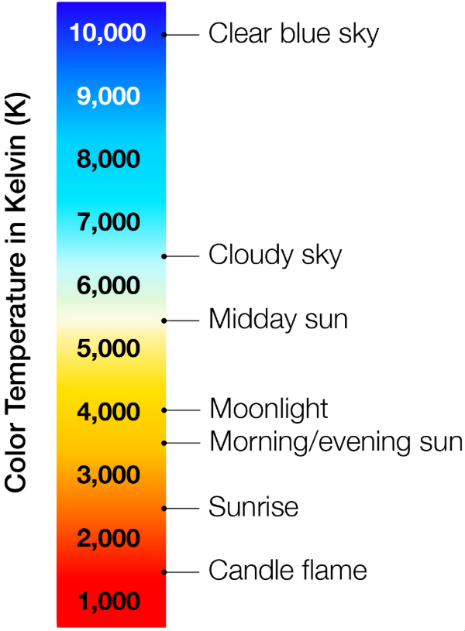

Human Centric Lighting, also known as circadian rhythm lighting, signals the brain through the photoreceptors in the eye and gives the impression of the shifting colors and intensities of the rising and setting sun. What kind of light does an occupant need to perform at optimum levels on an hour-to-hour basis? Task tuning is a feature of advanced lighting controls, and human-centric lighting takes this to the next level. Advanced lighting controls using tunable LED lighting that includes color is now driving human physiological responses in a number of important ways
Human Centric Lighting has proven itself to be advantageous in a variety of industries including Aviation, Healthcare, Education, Hospitality, Office environments, and even in the International Space Station. Bombardier recently showed publicly its new circadian rhythm-based cabin lighting system called Soleil, which aims to fight the effects of jet lag by tuning the light to help adjust to the destination time zone.
Hospitals are seeing the benefits to patient health and well-being with the use of human centric lighting, as studies have shown significantly faster recovery times. Signify partnered with Netherlands-based Maastricht University Medical Center+ to test their HealWell system and found that cardiac patients fell asleep 30% faster and achieved 8% longer sleep time in HealWell-lit rooms. In Building and Environment, a recent study found that access to morning light shortened hospital stays between 16% and 41%.

One of the most interesting use cases for human-centric lighting is for on the International Space Station. BIOS Lighting is using technology developed at NASA, for the ISS, and is bringing those benefits to its customers here on earth. BIOS SkyBlue lighting communicates directly with our circadian biology by producing the correct wavelength and power of light at the right time of the human day so that the circadian rhythms of the ISS astronauts most closely approximate the 24 hour cycle of light levels and spectral power densities found on earth.
Some of the benefits of human-centric circadian lighting design include:
• Increased alertness in the morning
• Productivity and concentration improvements
• Improved moods
• Reduced hyperactivity
• Reduction in errors and accidents
• Faster cognitive processing
• Improved sleep
• Saves money and the environment
• Better visual acuity
Exposure to bright, blue-rich white light during the midday and warmer colors during the arly morning and late afternoon/ early evening can drive energy and alertness or a calming sleep-inducing effect. Disrupting circadian rhythms can contribute to poor nighttime sleep, increased daytime napping, and greater risk of depression, obesity, diabetes, and seasonal affective disorder. Corporate office buildings, hospitals, and even schools are beginning to see the productivity and other benefits of incorporating human-centric lighting into their environments.

